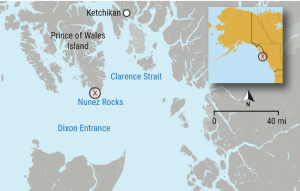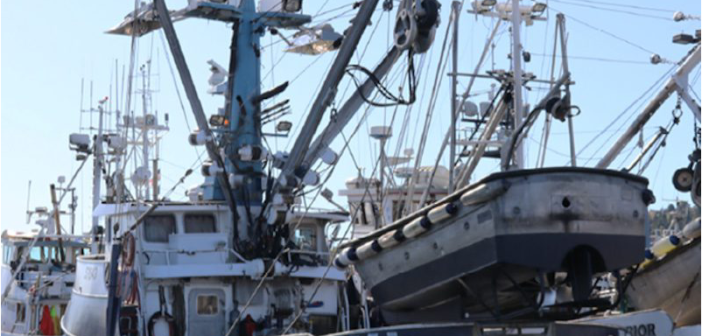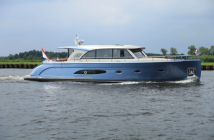A new report from the National Transportation Safety Board about the sinking of a 52-foot commercial fishing boat off the coast of Alaska highlights the importance of having high-water bilge alarms on your cruising boat, no matter how big or how small.
The NTSB investigation said the bilge alarms did not sound before the Hotspur, a 1988 purse seiner (pictured), capsized and sank while heading west in the Dixon Entrance, about 43 miles south-southwest of Ketchikan, on August 2, 2022. It said that if the alarms had been working, the crew might have been able to correct the problem before it became critical.
The captain and all four crew on board were rescued after they abandoned ship by a nearby Good Samaritan boat; the Hotspur sank just 20 minutes after they launched their liferaft.

The report concluded that “the probable cause of the capsizing and sinking of the fishing vessel Hotspur was flooding from an unknown source into the lazarette or the port void space, causing the vessel to lose stability, capsize, and sink.”
The Hotspur left Port Townsend, Washington, on July 29, 2022, for the Alaska fishing trip, loaded with purse seiner netting, tackle and a 16-foot skiff on the stern. The captain had been running the boat for 27 years. When the wet fishhold was full, there was just 12 inches of freeboard from the stern deck to the waterline.
After fishing for salmon along the Inside Passage for four days, the captain decided to change their destination from Ketchikan to Sitka, another 180 miles. The weather looked good, he said, and it would give them “a few more days to fish.”
As they were cruising off the southern tip of Prince of Wales Island abut 7:00 at night on Aug. 2, the captain noticed a list to port and went down to the engine room. He transferred some diesel fuel from the port tank to the starboard tank. He told the NTSB that he checked the engine (a single 1,050-hp Detroit) and the bilge “and everything looked normal.”
Five minutes later, the senior deckhand noticed a more pronounced list to port; sea water was flowing onto the main deck, submerging the port quarter. He went to the engine room to tell the captain “we’re really listing now.” They both went back to the helm and the captain tried to turn the boat but said “it just kept going and going and going.”
By 7:30 he told the crew to prepare the liferaft to abandon ship, and he put out Mayday call on Channel 16. Two Good Samaritan vessels responded, the Lady Kodiak, a commercial fishing boat, and The Codfather 11, a sport fishing boat. The Codfather 11 rescued all five men from the liferaft just after they watched the Hotspur disappear in 200 feet of water, an entire loss (worth about $1.2 million). Multiple oil sheens appeared on the water from the 1,000 gallons of diesel on board. The Codfather 11 delivered the five men to Ketchikan; no one was injured.
But the NTSB emphasized the importance of working bilge alarms. “These alarms are designed to provide early warning of vessel flooding. In spaces that are inaccessible or hard to inspect under way, these alarms are often the sole means of alerting operators to flooding,” the report said. Regular testing of these alarms and adherence to best marine practices and manufacturer recommendations for inspection and maintenance is essential.”
Read the full report here: https://www.ntsb.gov/investigations/AccidentReports/Reports/MIR2403.pdf




